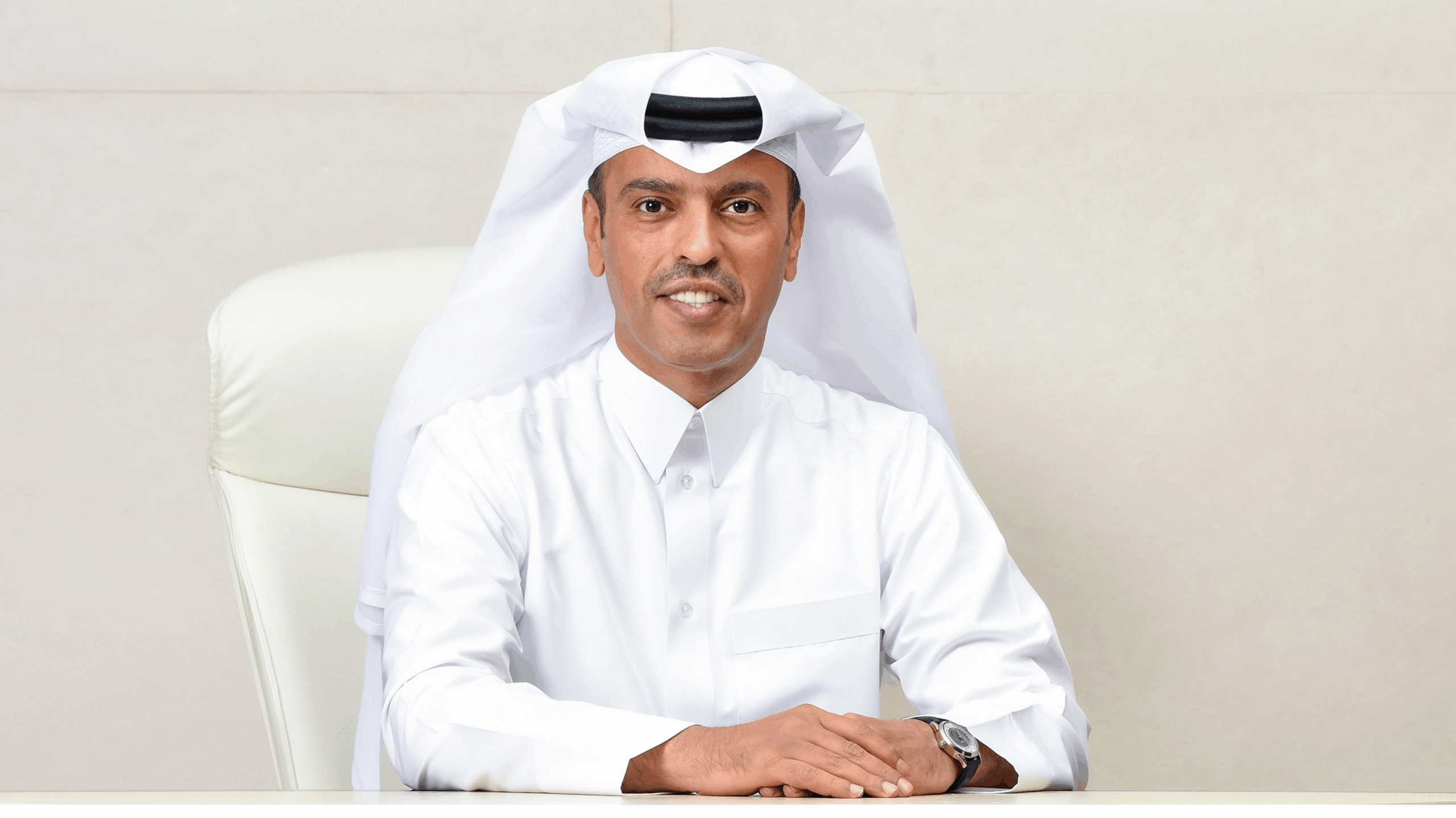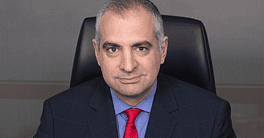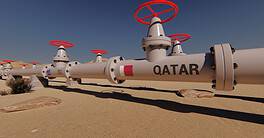GCC REGIONAL REPORT: MARKING A MILESTONE
By Gordon Platt
The regional group faces new challenges as it celebrates its 30th anniversary.
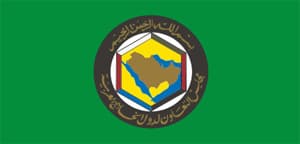
The Gulf Cooperation Council (GCC) celebrated its 30th anniversary on May 25 with quiet flag-raising ceremonies at border crossings of its six member nations. The GCC flag, with its bright-green background, was hoisted alongside the national flags.
There was no honking of horns by automobile drivers or other outward signs of celebration among the general population. However, the GCC passed a milestone and embarked on a new course that will fundamentally change the loose association of Arab Gulf states.
GCC leaders met in Riyadh earlier in May and announced that invitations were extended to Jordan and, more surprisingly, Morocco, to join the group, which was founded in 1981 to counter the expansionary threat of post-revolutionary Iran. Even without full membership benefits, the addition of these two populous oil-importing countries will change the profile of the GCC and complicate any potential monetary union.

The absorption of Morocco and Jordan will test the Gulf economies, says John Sfakianakis, chief economist at Banque Saudi Fransi, based in Riyadh. “The main impetus is political, yet the economic implications would be immense,” he says. The population of the new GCC bloc would almost double to nearly 83 million, but the combined nominal gross national product would rise by only 12%, from just over $1 trillion at present to more than $1.2 trillion. As a result, the per-capita GDP of the group, which is one of the highest in the world, would tumble.
The current members of the GCC are Saudi Arabia, Kuwait, Bahrain, Qatar, the United Arab Emirates (UAE) and Oman. All oil-exporting countries, they tend to run big fiscal and current-account surpluses.
“Morocco and Jordan are more economically diversified, and their governments face fiscal deficits,” Sfakianakis says. “The invitations to join were driven by a desire to strengthen the bloc’s political presence and global influence, with the GCC benefiting from Jordan’s security and military expertise.”
Morocco and Jordan could gain from greater mobility of capital and labor. This could facilitate greater foreign direct investment.
The Moroccan currency, the dirham, is linked to a currency basket dominated by the euro, whereas most of the GCC currencies are tied to the dollar. “The GCC monetary union has been derailed by lack of political will, and introducing new players with very different fiscal and monetary circumstances could complicate the plan even more,” Sfakianakis says.
Saudi Arabia’s share of the GCC economy would drop from 42% to 36%, and its share of the population of the bloc would fall to 33% from 60%. That could make it more difficult for Riyadh, home to the GCC secretariat, to exert as much influence over the group.
Turmoil Tests GCC’s Mettle
So far, the GCC’s 30th anniversary year has been more eventful than had been imagined, with Arab uprisings that spread from Tunisia to Egypt, Libya, Syria, Yemen, and even Bahrain, a GCC member. The Sunni Muslim–led government in Manama broke up the protests and declared martial law. Saudi Arabia and the UAE sent tanks and troops across the causeway to Bahrain to help restore order, under the banner of the Peninsula Shield. The GCC plans to expand this joint force, which now consists of 40,000 troops stationed in Saudi Arabia’s Eastern Province, where most of the nation’s oil wells are located. In the future GCC troops will be stationed in each of the six (soon to be eight) member countries to deter any threat.
“The true mettle of a country, or a union of nations, is revealed in times of unrest,” says Maha K. Al-Ghunaim, chairperson and managing director of Kuwait-based Global Investment House. “Amid the recent turmoil engulfing the Arab world, the GCC has shown its maturity in facing these collective challenges,” she says.
Working under the auspices of the GCC, Riyadh has tried to devise a united Gulf response to a number of challenges, Al-Ghunaim says. The GCC put together a $20 billion aid package to be shared equally by Bahrain and Oman, in response to the volatile situations in both countries. The measure aims to generate jobs as well as upgrade housing and infrastructure over a period of 10 years. Saudi Arabia on its own pledged an additional $4 billion in aid to Egypt.
“Not always known for seeing eye to eye on regional issues, the governments of the Gulf are coming together in the face of what they see as common security threats,” Al-Ghunaim says. “Outside of the Gulf, the GCC is also showing unity. The bloc backed a no-fly zone in Libya well before the US did, with the UAE joining Qatar in sending fighter jets,” she adds.
These joint efforts have laid the foundation for greater GCC cooperation, according to Al-Ghunaim. “While Saudi Arabia remains by far the most powerful regional player, it has recognized the need for more multilateral responses,” she says. “In the process, the GCC, which often seemed less than the sum of its parts, may, like the Arab League, find itself playing a more active, varied role in the Gulf, as well as the broader Middle East.”
Ironically, as a result of the Arab Spring, the rise in the price of oil to $100 a barrel has given the GCC states the ability to increase spending, make generous handouts to their populations and sustain the welfare-state model, while investing for the future.
“The GCC monetary union has been derailed by lack of political will”
“Introducing new players … could complicate the plan even more” – John Sfakianakis, Banque Saudi Fransi
Infrastructure Spending Takes Off
Saudi Arabia’s King Abdullah has announced a $130 billion public spending package, with nearly half earmarked to build a half-million new homes. Kuwait, another major oil producer, gave its citizens a two-month bonus and free food for one year to mark its 50th anniversary of independence.
Meanwhile, the Kuwait National Assembly approved a five-year development plan in 2010 with an estimated $125 billion of spending, as well as private sector participation in such major projects as a new $77 billion business hub, to be known as Silk City, a container port and causeway, and a metro system. The plan aims to turn Kuwait into a regional trade and financial center. Spending is also planned to cover infrastructure and services, particularly health and education, as well as oil-sector investments to raise production and modernize facilities.
“Kuwait has the smartest and one of the most experienced private sectors in the Gulf,” says Al-Ghunaim of Global Investment House. Most of Kuwait’s GDP, nonetheless, is dominated by the government. The Kuwait development plan is expected to allow the private sector a bigger piece of the pie. However, it requires strong leadership and a healthy political playing field to meet this objective, which remains a challenge, Al-Ghunaim says.
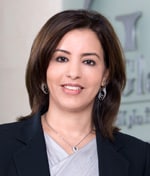 |
|
Al-Ghunaim, GIH: The governments of the Gulf are coming together |
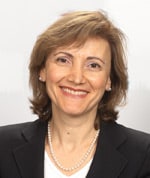 |
|
Azar-Khoury, NBK: Saudi Arabia and Qatar will grow the fastest |
These big projects will require an international financial center to serve foreign investors, says Sadoun A. Ali, managing director and CEO of KIPCO Asset Management, the investment banking subsidiary of the KIPCO Group, which is majority-owned by members of Kuwait’s Al-Sabah ruling family. The group is one of the biggest diversified holding companies in the Middle East and North Africa (MENA), with stakes in 70 companies that operate in 26 countries. KIPCO is one of the most active issues on the Kuwait Stock Exchange.
“Big projects need experienced people from international companies to upgrade the local knowledge and provide confidence to investors,” Ali says. “To build a big hospital, for example, you need the right partner. The same is true for a bridge or a power plant,” he says.
Projects already under way under Kuwait’s five-year plan include a $2.8 billion upgrade of Boubyan Harbor, and the construction of a $2.7 billion power station, as well as Sheikh Jaber Al-Ahmad Hospital, a $1.2 billion, 1,200-bed hospital in Kuwait City with VIP suites for visiting heads of state. The Arab Contractors, an Egypt-based construction company, won the contract to build the 16-story hospital, which will be the largest in the Middle East. Construction began in April and will be completed in 2014.
Under Kuwait’s new public-private partnership (PPP) program, two of the largest privatizations will take place this year and will be closely watched to see how they perform. The Kuwait Health Assurance Company will be taking over the mandatory insurance and health care for expatriates. The government is seeking a strategic partner to take a 26% interest in the company and is keeping a 24% stake for itself. The remaining 50% will be sold to Kuwaiti nationals in an initial public offering.
The other large PPP initiative, to be formed later this year, will build and operate an independent water and power plant (IWPP) in North Al-Zour. “The privatizations are coming,” says Ali of KIPCO Asset Management. “In the housing sector there will be two construction companies and one financing company. This is new, and the process may be slow at first, but it has to start,” he says.
Small businesses are also essential for economic growth, Ali says. “We encourage people to start their own businesses,” he says, “We evaluate their business plan and provide technical advice. If we can get 50 or 60 started, and if they succeed, this will encourage others to do more.”
Meanwhile, the value of contracts awarded in neighboring Saudi Arabia reached $13.3 billion in the first quarter of 2011, according to National Commercial Bank, the largest bank in the kingdom, which publishes an index that tracks projects. The oil and gas sector accounted for 38% of the total, followed by transportation at 18%. The Saudi Railways Organization awarded a $2.4 billion package for the Haramain high-speed railway to a consortium led by Saudi Binladin Group and Saudi Oger.
In the oil and gas sector, oil giant Saudi Aramco awarded a $2.1 billion contract to Saipem, based in Italy, for engineering, procurement and construction of the offshore portion of the $4.5 billion Wasit gas development project.
Randa Azar-Khoury, group chief economist at National Bank of Kuwait, says the political unrest that was spreading through the MENA region in early 2011 actually boosted the GCC’s short-term growth outlook, prompting the bank to revise its forecast for real GDP growth up to 7% from 5.5%. Growth in Bahrain and Oman, the region’s two smallest economies, has been revised downward owing to protest-related disruptions to trade, tourism and investment, she adds. However, the other GCC countries are likely to have stronger activity, as they benefit from a combination of rising oil output and higher government spending.
“Saudi Arabia and Qatar will be the fastest-growing economies in the region,” Azar-Khoury says. “They both have large spending programs, not just for industry but also for housing and employment. They also are improving the environment for business,” she says.
NBK estimates that the recently announced government spending measures, which are aimed primarily at boosting the living standards of GCC nationals, will total more than $60 billion this year, or 5% of GDP, largely from Saudi Arabia. Government spending for the GCC as a whole could rise 22% this year, the bank says, a stunning contrast to the massive budget cuts taking place elsewhere in the world.


